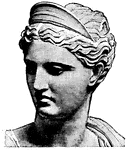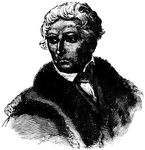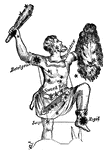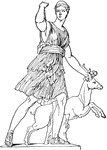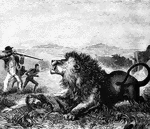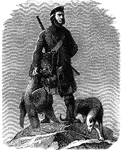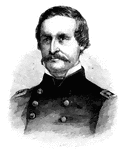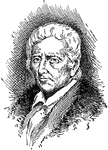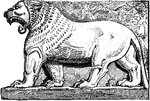Search for "hunter"

Caterpillar Hunter Beetles
Beetles form a large group of insects that number over 300,000 species. They all have hard wings which…

James Island
"Repulse of the Confederates at James Island, near Charleston, S. C., June 10th, 1862, in the attempt…

General David Hunter
"General Hunter, born in Washington, D. C., July 21st, 1802, died there, February 2nd, 1886, was graduated…

Fort Pulaski
"The bombardment of Fort Pulaski, second day, Friday, April 11th, 1862. General Quincy A. Gilmore took…
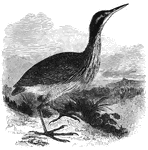
American Bittern
Measuring approximately twenty-six inches in length, the American bittern is a nocturnal hunter. It…
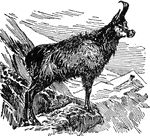
Chamois
"Chamois is a well-known species of the antelope found only in high, mountainous regions, where they…

Egyptian Hunting Party
"The hunting scenes are very numerous among their paintings, and the devices for capturing birds and…

Egyptian hunter
"Hounds were also used to pursue game, as may be perceived from the subjoined representation of a huntsman…
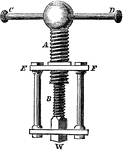
Hunter's Screw
"Under intense pressure, the smaller threads on the screw may break. Therefore a larger screw with a…

Hunter's Screw-press
The Hunter's screw is formed of two screws, a larger and a smaller. The former being screwed internally…

Action of Semilunar Valve
Section of the aorta, to show the action of the semilunar valve. A is intended to show the valves, represented…
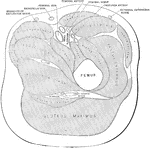
Transverse Section of the Leg
Transverse section of the thigh below the lesser trochanter. The femoral artery, vein, and nerve are…

The New York City Normal College
An illustration of The New York City Normal College which is now known as Hunter College of the City…

Daniel Boone
Daniel Boone was an American pioneer and hunter whose frontier exploits made him one of the first folk…

Wildcat
The Wildcat (Felis silvestris), sometimes Wild Cat or Wild-cat, is a small felid native to Europe, the…

Puma
The puma, also known as the cougar, panther, or mountain lion (Felis concolor) , is a large American…
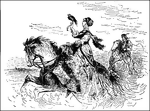
Falconry as Practiced by a Noblewoman of the Middle Ages on Horseback
A high-born, noblewoman rides a stallion while holding a falcon perched on her right hand. She is wearing…

Hunting Spears from the 15th or 16th Century
"A weapon consisting of a penetrating head attached to a long shaft of wood, designed to be thrust by…

Streaked Spiderhunter
Arachnothera magna. Also called a spider-catcher, the Streaked Spiderhunter is "a bird that catches…

